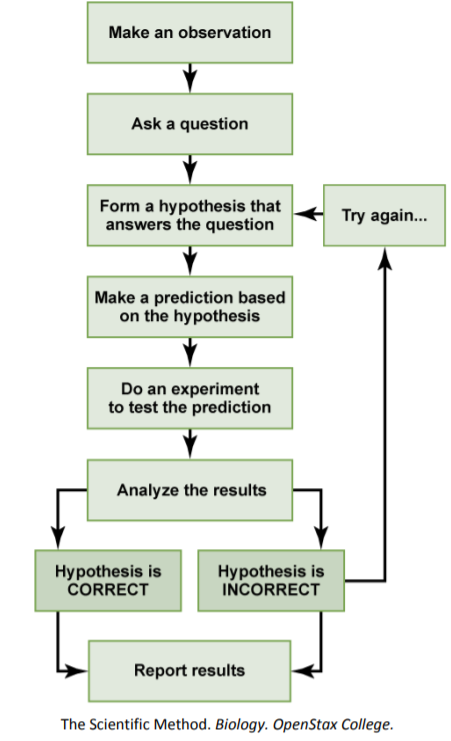20.1: Introduction
- Page ID
- 105881
\( \newcommand{\vecs}[1]{\overset { \scriptstyle \rightharpoonup} {\mathbf{#1}} } \)
\( \newcommand{\vecd}[1]{\overset{-\!-\!\rightharpoonup}{\vphantom{a}\smash {#1}}} \)
\( \newcommand{\id}{\mathrm{id}}\) \( \newcommand{\Span}{\mathrm{span}}\)
( \newcommand{\kernel}{\mathrm{null}\,}\) \( \newcommand{\range}{\mathrm{range}\,}\)
\( \newcommand{\RealPart}{\mathrm{Re}}\) \( \newcommand{\ImaginaryPart}{\mathrm{Im}}\)
\( \newcommand{\Argument}{\mathrm{Arg}}\) \( \newcommand{\norm}[1]{\| #1 \|}\)
\( \newcommand{\inner}[2]{\langle #1, #2 \rangle}\)
\( \newcommand{\Span}{\mathrm{span}}\)
\( \newcommand{\id}{\mathrm{id}}\)
\( \newcommand{\Span}{\mathrm{span}}\)
\( \newcommand{\kernel}{\mathrm{null}\,}\)
\( \newcommand{\range}{\mathrm{range}\,}\)
\( \newcommand{\RealPart}{\mathrm{Re}}\)
\( \newcommand{\ImaginaryPart}{\mathrm{Im}}\)
\( \newcommand{\Argument}{\mathrm{Arg}}\)
\( \newcommand{\norm}[1]{\| #1 \|}\)
\( \newcommand{\inner}[2]{\langle #1, #2 \rangle}\)
\( \newcommand{\Span}{\mathrm{span}}\) \( \newcommand{\AA}{\unicode[.8,0]{x212B}}\)
\( \newcommand{\vectorA}[1]{\vec{#1}} % arrow\)
\( \newcommand{\vectorAt}[1]{\vec{\text{#1}}} % arrow\)
\( \newcommand{\vectorB}[1]{\overset { \scriptstyle \rightharpoonup} {\mathbf{#1}} } \)
\( \newcommand{\vectorC}[1]{\textbf{#1}} \)
\( \newcommand{\vectorD}[1]{\overrightarrow{#1}} \)
\( \newcommand{\vectorDt}[1]{\overrightarrow{\text{#1}}} \)
\( \newcommand{\vectE}[1]{\overset{-\!-\!\rightharpoonup}{\vphantom{a}\smash{\mathbf {#1}}}} \)
\( \newcommand{\vecs}[1]{\overset { \scriptstyle \rightharpoonup} {\mathbf{#1}} } \)
\( \newcommand{\vecd}[1]{\overset{-\!-\!\rightharpoonup}{\vphantom{a}\smash {#1}}} \)
Scientific Method
Adapted from BiologyCorner [www.biologycorner.com]
The scientific method is central to the study of biology: it is a process of acquiring and verifying information through experimentation. The general steps of the scientific method are depicted in the figure below. The hypothesis, or suggested explanation for the observation, is the basis for setting up experiments. Based on your hypothesis you can write a specific prediction: an outcome of your experiment that would support your hypothesis. A good experimental design is essential to the scientific method. A few keys to good experimental design include effective use of controls, reproducibility, a large sample size, and multiple trials.
In an experiment, in order to determine that any changes that occur are due to investigator manipulation only, there must be some basis for comparison. A control group is necessary to establish this basis of comparison. In the control group, everything is kept the same as the experimental group except for the independent variable.
The experimental group is actually being experimented upon. For example, in a drug trial, there will be a group that receives the drug (the experimental group) and a group that receives a placebo (the control group). The drug itself is considered the independent variable and any change(s) that occur because of the drug are considered the dependent variable.
In order to ensure that it is only the drug causing changes, all other variables must be tightly controlled (such as diet, exercise, smoking, etc.). These are referred to as controlled variables.

Figure \(\PageIndex{1}\): The Scientific Method
Using the Scientific Method to Investigate Termite Behavior
Termites are insects closely related to ants and, like ants, follow trails that other termites produce. Termites produce trails by laying down chemicals called pheromones on substrate.
Taxonomy
Because the diversity of life on Earth is so vast, biologists use a general system of classification and naming organisms (taxonomy) to track and organize species based on evolutionary relatedness. The broadest taxon is the domain; organisms belong to one of the three domains (Bacteria, Archaea, and Eukarya). Within the domains are increasingly specific taxa, usually following the order in the table below.
The scientific name of an organism is given using binomial nomenclature; the genus and species of an organism give its specific scientific name. These names are usually derived from Greek or Latin, and therefore must be italicized when written. The genus is to be capitalized and the species is lower case. For example, the scientific name of a common wombat (top) is Vombatus ursinus.
Let us compare the wombat to a similar species, a quokka (bottom).
Note that both animals differ only when we reach the family level. If you knew that a kangaroo was in the same family as a quokka, would you assume the quokka was more closely related to a kangaroo or a wombat?
Scientific names might seem confusing, but are useful for several reasons. Common names tend to vary according to region (crawfish, crayfish, mudbug, crawdad), but the scientific name is always the same.
| Wombat | Quokka | |
|---|---|---|
| Domain | Eukarya | Eukarya |
| Kingdom | Animalia | Animalia |
| Phylum | Chordata | Chordata |
| Class | Mammalia (Marsupialia) | Mammalia (Marsupialia) |
| Order | Diprotodontia | Diprotodontia |
| Family | Vombatidae | Macropodidae |
| Genus | Vombatus | Setonix |
| Species | ursinas | brachyurus |
Questions:
1. Llamas, alpacas, and camels are all in the same family: Camelidae. Therefore, it is reasonable to assume that these animals will also be in the same...
2. The scientific name of the brown-throated three-toed sloth is named Bradypus variegatus. What is the genus of the organism? The species?

